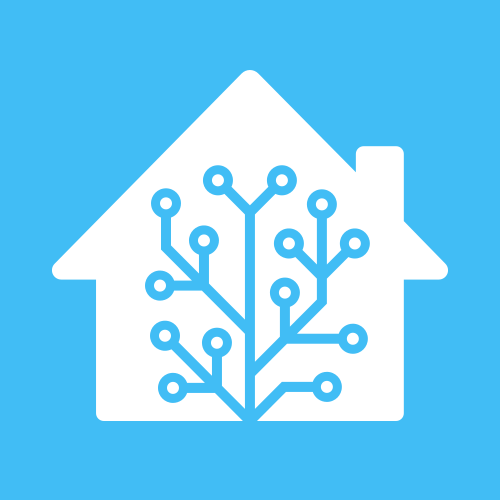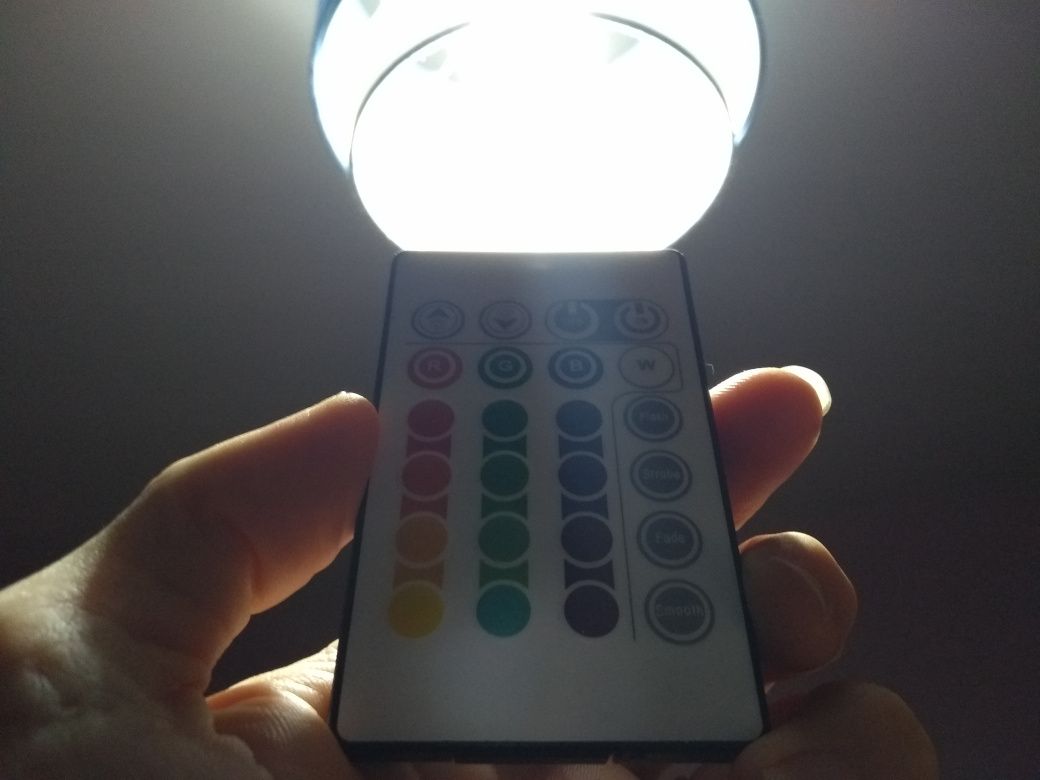Thoughts on home automation / smart homes - part 1
Initial thoughts on home automation and smart homes.

We've had home automation for a while in one form or another, from socket timers to ovens which come on to a certain temperature and off again. In recent years home automation and smart homes have really started to take off as Internet connected appliances begin to fill our homes. The Internet of Things (IoT) is gaining a foothold.
There's a number of options when it comes to home automation. Both Google and Amazon offer smart speakers backed by their digital assistants ("Google" [1] and Alexa). On the open source side of things I've been keeping an eye on the Home Assistant project for a couple of years. The capabilities of each offering vary and all have to be expanded with third party items, a further cost. There will be other options that I've not mentioned so your mileage may vary.
Whatever you decide I think it's really important to not go overboard with technology for technology's sake. As Mikko Hypponen put it:
"We do not need a notification on our phones to tell us the toast is done."
What devices are there?
Aside from the smart speakers already mentioned there's also smart thermostats, smart light bulbs and smart sockets to name but a few. Each have advantages and disadvantages.
Thinking of smart thermostats, there's a distinct advantage to being able to turn the heating on before you get home when it's a particularly cold day. Financial advantages exist too - a couple of my friends fitted a smart thermostat because they kept both leaving the house with the heating running, costing money and wasting resources (gas). Their smart thermostat knows when they leave a certain geofenced area thanks to GPS tracking on their phones, turning off the system when they're out of range for a period of time. Similarly the heating comes on when they're on the way home, saving money by not heating an empty house.
My brother-in-law bought a smart light bulb when he lived with us some ten years ago. From memory that was a LifX bulb that he could remotely turn on or off and change the colour of, all via his phone. Don't forget there was no Alexa / Google Assistant back then! A friend of mine, we'll call him "Chris", has a (growing) collection of smart bulbs and smart switches controlling other lights. A number of these are in his kitchen, allowing him to turn the lights on by voice command and I can see uses there - for example, it's very difficult to turn on the lights when your hands are full of shopping, a problem solved by voice command.
Smart sockets tend to be adapters plugged into existing power outlets, allowing you to control the power to the "dumb" device connected to them.
These are just a few examples of the devices out there. Using "smart hubs" and controllers it's possible to automate or smarten almost anything these days.
Usability issues and guests
Having mentioned being able to turn on the kitchen lights by voice control it's important to consider the usability trade off here. People know how to use light switches (even if the Americans have theirs upside-down!) so it's easy to turn on a dumb light. Returning to "Chris", if I were to go to his kitchen I wouldn't actually be able to turn on all of the lights. Some are still "dumb", so would work from the switch, but others are "smart" needing a voice command or use of an app. Moreover, some of his lights were named by his family resulting in "Dougie" and "Bob" at various locations in the room.
As a guest I would not immediately know these things and that means I could be stood in the dark. Alternatively, I could be stood there shouting "Alexa, turn on Dougie" which, you've got to admit, does sound a little odd.
A positive though is the ability to change the colour of the lights in the house. My wife prefers "warm white" (yellower) light whereas I prefer "cool white" (bluer). At the moment this means her side of the study is one colour and my side is another [2]. I did look at the option of smart GU10 LED light bulbs for the dining room where she teaches, as this would allow her to change the colour dependent on her eye sight at a given point. It was cost prohibitive at the time but is an interesting idea I might follow up on in the future.
Impact on the family
I asked "Chris" what the impact was on his family and the results were actually quite encouraging. They have a collection of smart speakers around the house and use the broadcast feature to send messages from the mundane (but essential) "dinner's ready!" to "Daddy I love you". The children have obviously been involved from the start (Dougie, Bob) and have embraced the tech.
My sister, on the other hand, was frustrated at not simply just being able to flick a switch to turn on a light, at least in the beginning. I noticed there were extra colour changing bulbs on a recent visit so maybe the technology grows on people. I don't know if it would work with my family, maybe I'll try it out one day. If I was a bachelor, living at home alone, I suspect I'd have implemented some home automation gadgets by now.
Environmental factors
My key motivation would be to improve my home's environmental impact by shutting systems off when they're not in use. The smart thermostat my friends have is a good example, but we can take things further. If no-one is in the house there's no reason for any lights to be on (unless I want to make it look like I'm home, of course).
A while ago I fitted a timer under my desk that cuts power to my PC and displays at the times I'm likely to be out of the house. I don't tend to leave these devices on but even in standby mode they use some electricity. I've not measured it (I really should) but I'd like to think having the power to them cut while I'm at work has made some improvement to my environmental impact.
Problem is, all these Internet connected devices consume power. Even my "dumb" timer does. By the time you've filled your home with always on, always connected tech, you're going to be using electricity just to maintain management of the devices. I'd like to see energy ratings for the various devices along with manufacturers showing how their technology can help to reduce your environmental impact. That also means their manufacturing has to be as good for the environment as possible.
Alternatives
I got home from work one day to find the light in my daughter's bedroom had changed colour. While we were talking she changed it again and it dawned on me there was a smart bulb in the house. This got me nervous given the security implications[3] but my fears were soon allayed. This was not an Internet connected smart bulb but one with a traditional infrared remote.

Another alternative is to use a timer circuit like we've had available to us for years. The one under my desk can cope with multiple schedules and even turn power on at random, presumably for simulating presence while I'm on holiday.
Where do I go now?
This area continues to intrigue me and I'm itching to install some smart gadgets if I can find a way to justify them (cost, time and environmental impact). Security and privacy are other considerations and I'll cover those next week.
Banner image: The Home Assistant project logo, taken from their website.
[1] If anyone knows the Google Assistant's name, do let me know!
[2] Bizarrely I'm OK with that. Normally the fact the bulbs weren't all the same would bother me, but in this case it's for a good reason.
[3] Notwithstanding the fact that tech purchases usually go through me as the house geek, so I was a bit confused.

